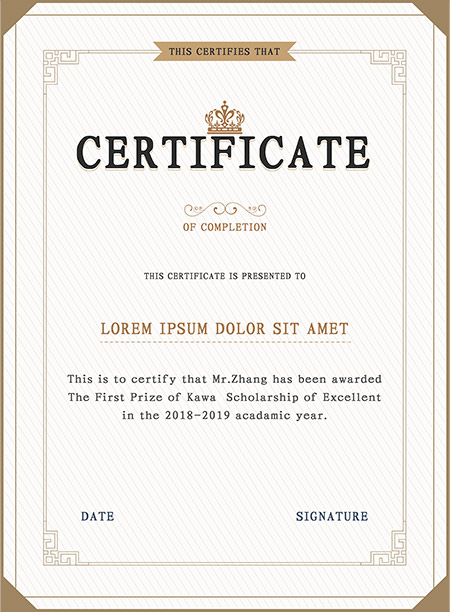Supplier Solutions for Managing Pressure Injury Prevention and Treatment
Understanding Pressure Injury and the Role of Suppliers in Prevention and Management
Pressure injuries, commonly known as pressure ulcers or bedsores, are localized damage to the skin and underlying tissues, primarily caused by prolonged pressure, often in combination with shear and friction. These injuries are a significant concern in healthcare settings, especially for patients with limited mobility, as they can lead to severe complications, increased morbidity, and extended hospital stays. Understanding the causes, prevention strategies, and the essential role that suppliers play in the management of pressure injuries is crucial for improving patient outcomes.
The Causes and Risk Factors
Pressure injuries typically develop in patients who are bedridden or have limited mobility. The primary risk factors include prolonged pressure, inadequate nutrition, moisture, age, and underlying medical conditions. When blood flow to a specific area is restricted for an extended period, the skin and underlying tissues become damaged, leading to the formation of pressure injuries.
Healthcare professionals often use a risk assessment tool, such as the Braden Scale, to identify individuals at risk and implement preventive measures. However, even with assessments in place, the prevention of pressure injuries remains challenging, highlighting the need for effective management strategies.
Prevention Strategies
Preventing pressure injuries involves a multifaceted approach. This includes routine repositioning of patients, optimizing nutrition, maintaining skin hygiene, and the use of specialized equipment. Suppliers play a vital role in providing the necessary tools and products to facilitate these strategies.
1. Repositioning and Mobility Aids Regularly changing a patient's position can relieve pressure from vulnerable areas. Suppliers provide various mobility aids such as repositioning slings, transfer devices, and adjustable beds to assist caregivers in safely repositioning patients.
2. Specialty Mattresses and Cushions To mitigate the pressure exerted on certain body parts, suppliers offer specialty mattresses and cushions designed with advanced materials. These products help distribute weight evenly and reduce pressure on bony prominences. For instance, memory foam and alternating pressure mattresses are popular choices among healthcare providers.
pressure injury supplier

3. Skin Care Products Maintaining skin integrity is vital in preventing pressure injuries. Suppliers offer a range of skin care products, including moisturizers, cleansers, and barrier creams, which help protect the skin from moisture, friction, and shear forces. The right products can significantly reduce the risk of skin breakdown.
4. Nutritional Supplements A balanced diet is essential for skin health and wound healing. Suppliers provide nutritional supplements specifically designed for patients at risk of pressure injuries. These products often contain vital nutrients like protein, vitamins, and minerals that aid in the maintenance of skin integrity and promote healing.
The Role of Suppliers in Education and Training
Beyond providing products, suppliers have a crucial role in educating healthcare providers about pressure injury prevention and management. This includes training on the proper use of products, the importance of regular assessments, and the need for a comprehensive care plan.
In many cases, suppliers collaborate with healthcare organizations to develop educational materials and training programs. These initiatives help ensure that all staff members are aware of the best practices in pressure injury prevention and can implement them effectively within their facilities.
Conclusion
Pressure injuries remain a significant challenge in healthcare, impacting patient health and healthcare costs. The role of suppliers in the prevention and management of these injuries is invaluable. By providing innovative products, educational resources, and collaborative support, suppliers help healthcare professionals enhance their efforts to prevent pressure injuries effectively.
As healthcare continues to evolve, the need for a comprehensive approach to managing pressure injuries will only grow. Understanding the multifaceted nature of pressure injury prevention and recognizing the essential role suppliers play will be pivotal in improving patient outcomes and quality of care. Continuous innovation and collaboration among healthcare professionals and suppliers will lead to better solutions, ultimately reducing the incidence of pressure injuries in vulnerable populations.
-
Multi-Layer Construction for Enhanced Performance in Gel Mattress PadNewsJun.24,2025
-
Innovative Features of the Latest Wave Mattress Designs in ICU SettingsNewsJun.24,2025
-
Innovations in Gel Memory Foam Layering and Zoned Support DesignNewsJun.24,2025
-
ICU Nursing: Silicone Mattress vs. Traditional Foam Mattresses – A Clinical PerspectiveNewsJun.24,2025
-
Hypoallergenic and Antibacterial Properties of Gel Memory Foam MattressesNewsJun.24,2025
-
Comparing Gel Memory Foam to Traditional Memory Foam: Comfort and DurabilityNewsJun.24,2025
-
Wave Mattress: An Innovative Care Solution for the Elderly and Bedridden PatientsNewsJun.11,2025

